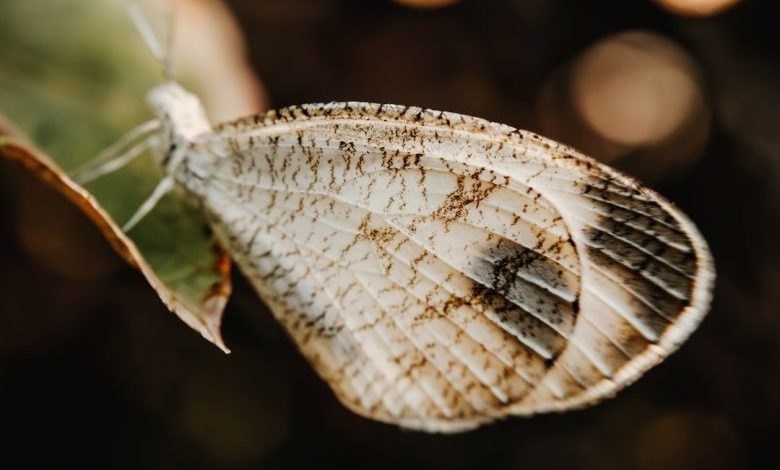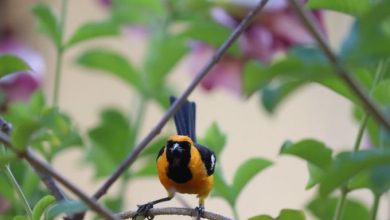What Insects Are Harmful to My Garden?

Maintaining a flourishing garden can be a challenging task, especially when dealing with pests that can wreak havoc on your plants. Insects, in particular, can cause significant damage to your garden if not properly managed. In this article, we will explore the various harmful insects that you may encounter in your garden and provide some insights on how to control their populations effectively.
1. Aphids: The Tiny Plant Destroyers
Aphids are small, soft-bodied insects that feed on plant sap. They are commonly found on the undersides of leaves and can reproduce rapidly, leading to infestations. These pests can cause stunted growth, yellowing leaves, and distorted flowers. To control aphids, try using a strong jet of water to dislodge them from the plants. You may also introduce natural predators, such as ladybugs or lacewings, which feed on aphids.
2. Caterpillars: The Hungry Leaf Munchers
Caterpillars are the larvae of butterflies and moths, and they have insatiable appetites for plant leaves. They can quickly defoliate your plants, leaving them weak and vulnerable to diseases. To prevent caterpillar damage, you can manually remove them from the leaves or use biological controls like Bacillus thuringiensis (Bt), a natural bacteria that specifically targets caterpillars.
3. Slugs and Snails: The Slimy Garden Invaders
Slugs and snails are common garden pests that can be quite destructive. They feed on a wide range of plants, leaving behind large irregular holes in the leaves. These pests are most active during damp and humid conditions. To control slugs and snails, you can create barriers around your plants using materials like copper tape or diatomaceous earth. Additionally, you can handpick them during the evening when they are most active.
4. Spider Mites: The Invisible Web Weavers
Spider mites are tiny pests that are difficult to detect with the naked eye. They feed on the sap of plants and can cause yellowing leaves and fine webbing on the foliage. These pests thrive in hot and dry conditions. To control spider mites, regularly mist your plants to increase humidity or introduce predatory mites, which feed on spider mites.
5. Whiteflies: The Tiny Flying Insects
Whiteflies are small, winged insects that are commonly found on the undersides of leaves. They suck the sap out of plants, causing stunted growth and yellowing leaves. These pests can also transmit viral diseases to your plants. To control whiteflies, you can use yellow sticky traps to catch the adult flies or introduce natural predators like parasitic wasps that lay eggs on whitefly nymphs.
6. Japanese Beetles: The Voracious Leaf Eaters
Japanese beetles are metallic green insects that can cause significant damage to your garden. They devour the leaves of many different plants, leaving behind skeletonized foliage. To control Japanese beetles, you can manually remove them from your plants or use pheromone traps to attract and capture them.
7. Thrips: The Tiny Plant Suckers
Thrips are slender insects that feed on plant sap. They can cause distorted leaves, silver streaks on foliage, and scarring on flowers. These pests are particularly problematic in greenhouses. To control thrips, you can use sticky traps to catch the adult insects or introduce predatory mites or insects like lacewings that feed on thrips.
In conclusion, understanding the harmful insects that can invade your garden is crucial for maintaining healthy and thriving plants. By identifying and implementing effective control measures, you can minimize the damage caused by these pests. Remember to regularly monitor your plants for signs of infestation and take prompt action to prevent further harm. With proper management, your garden can flourish and provide you with a bountiful harvest.




